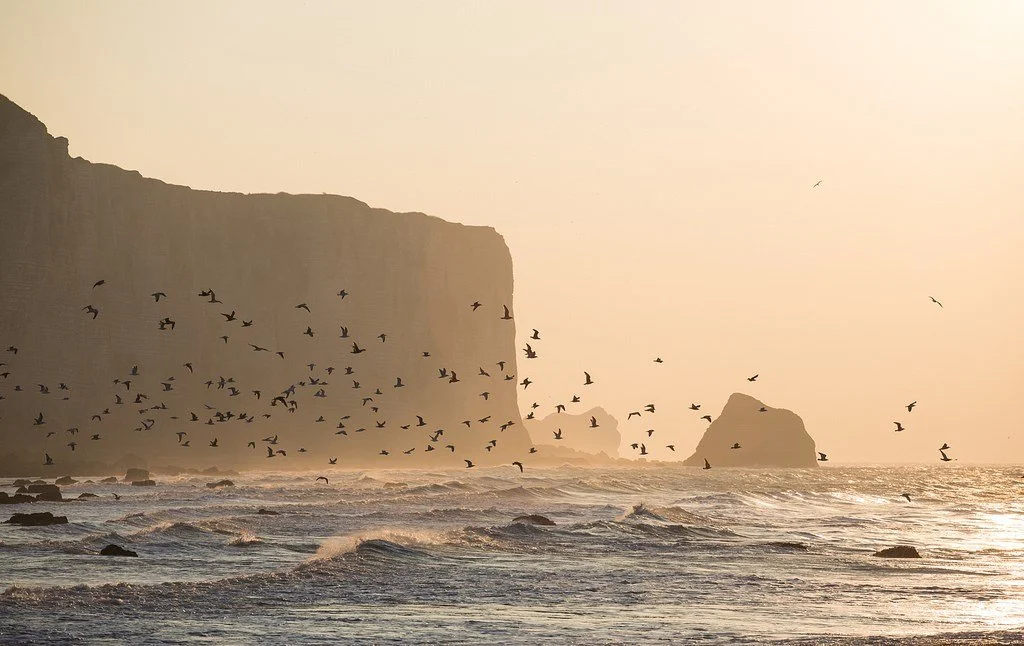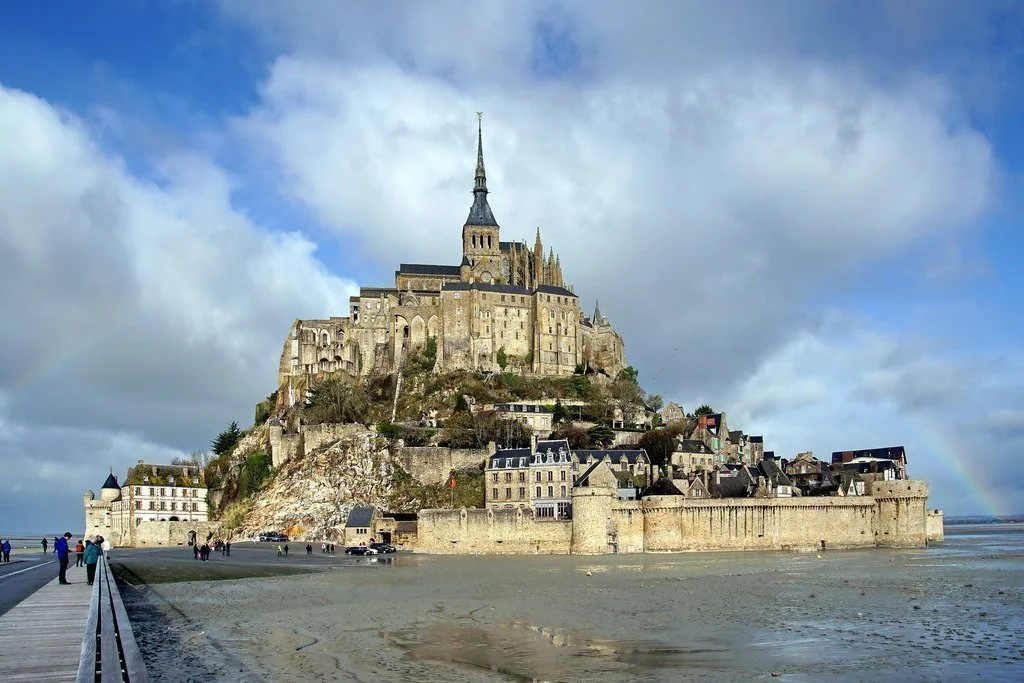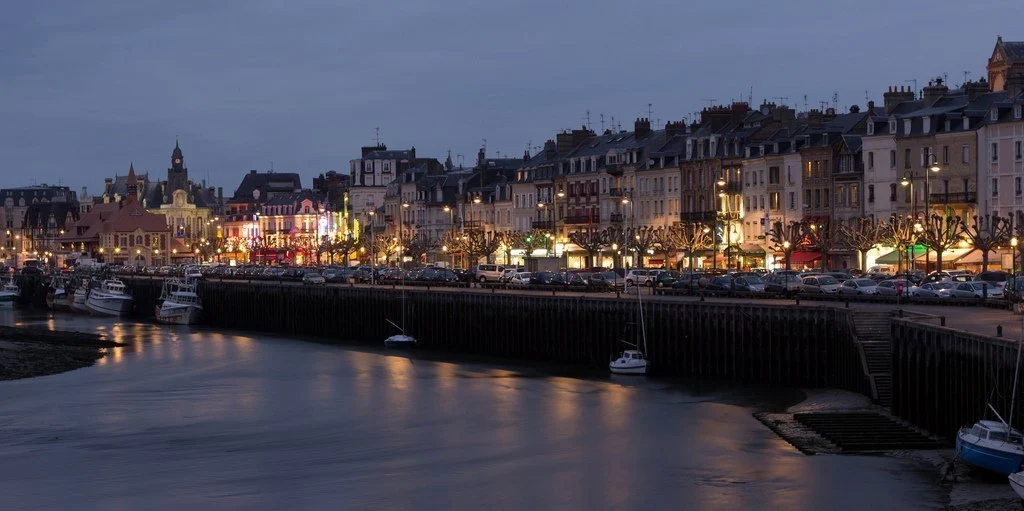Normandy is a historical region located in the north-west of France and stretching along the English Channel. Its name was formed in the 9th century, when these lands fell under the rule of the Vikings (Normans), and their leader Robert of Norman founded the first duchy on the coastal plains.
 |
| Normandy France |
Basic Moments
The emerald valleys and pastel skies of Normandy have always inspired great artists and writers. Here Claude Monet painted his immortal canvases, composed the novel Madame Bovary by Gustave Flaubert, and invented plots for short stories by Guy de Maupassant and Marcel Proust.
 |
| Normandy France |
The romantic French province is very popular with tourists coming to the country. From Paris to Normandy it is convenient to get by train, bus or car. The northwestern regions and the capital of France are separated by only one and a half hundred kilometers, and the road to the Norman cities takes 2-3 hours.
Local resorts - Trouville, Deauville and Honfleur - have always been popular with artists and the bohemian elite. In addition, gastronomic tourism is developed in Normandy. Travelers coming here taste the famous Norman cheeses, apple cider, Calvados and delicious seafood. The peak tourist season in Normandy falls between May and October.
 |
| Normandy France |
Regions of Normandy
Upper Normandy is an administrative region in northern France, comprising the departments of Seine-Maritime and Eure. Its territory corresponds to the eastern part of the historical region of Normandy, and the word "Upper" in the name of the region is used because it is located at higher geographical latitudes than Lower Normandy. This area is known primarily for the ancient city of Rouen with one of the most significant Gothic cathedrals in France, the alabaster cliffs of Etretat and the picturesque town of Vernon with traditional half-timbered houses.
Lower Normandy covers the western coast of the region. A narrow strip of coastline stretches south of the city of Le Havre. It gained great fame as a place for the landing of allied troops during the Second World War. There are several popular seaside resorts here, for example, the town of Honfleur located opposite Le Havre. They are often called the Norman Riviera. A place of pilgrimage for tourists from all over the world has also become the medieval abbey of Mont Saint-Michel, standing on a small island 2 km from the coast.
 |
| Normandy France |
The capital of Lower Normandy is the city of Caen, which served William the Conqueror as a residence about 900 years ago. Many old buildings have also been preserved in the towns of Bayeux, Barfleur, Coutances, Granville and Cherbourg.
Inner Normandy is remote from the English Channel and less popular with tourists. This is a picturesque agricultural region that produces delicious soft cheeses. In some of its towns, ancient castles and ruins of medieval fortresses have been preserved. The southern part of Normandy is famous for its dense forests, lace craft in the city of Alençon and the thermal spa of Bagnoles-de-l'Orne.
What to see in Trouville
Trouville was built on the site of a small fishermen's village that had existed in Normandy since the time of the Vikings. The history of the seaside resort began with a balneary, opened in 1860. Today it has the status of an appendage of the elite Deauville.
 |
| Normandy France |
Nowadays, Trouville attracts guests with clean sandy beaches, developed tourist infrastructure and an abundance of fresh fish and seafood. The resort offers golf, horseback riding and windsurfing to vacationers. For lovers of hiking, special routes have been laid here, acquainting guests of the resort with the picturesque surroundings. Those wishing to explore the coast, as a rule, use the services of travel agencies that organize sea trips.
Like other Normandy resorts, Trouville has a beautiful promenade for the promenade. There are many restaurants, bars and cafes along it, where tourists like to spend their evenings. The town also has a casino and a resort museum, established in 1972.